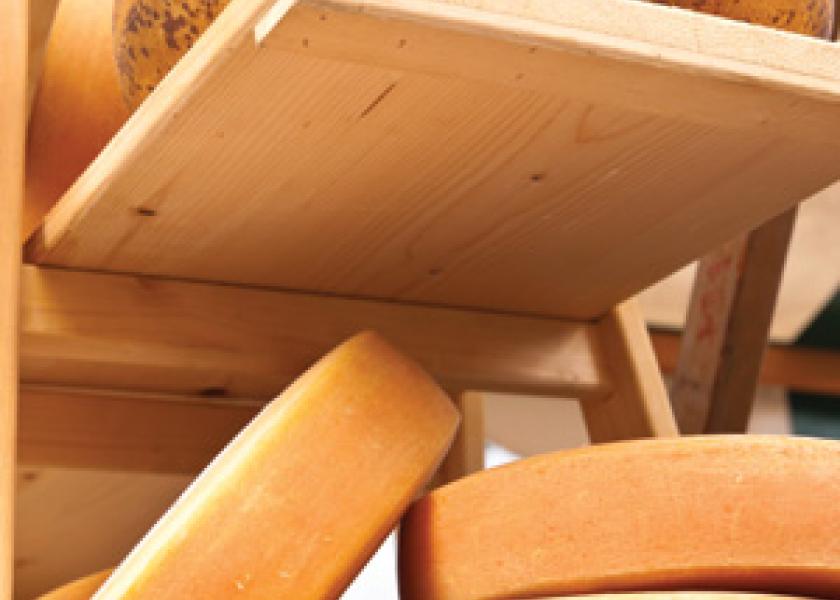Bain 2.0

Window of opportunity grows wider for dairy exports
In 2009, Bain & Company issued a report projecting a 7-billion-pound gap between expected world milk production and demand by mid-decade. A lot has happened since then: a global recession, a tepid recovery and fear that the world will slip back into recession if Europe and the U.S. don’t clean up their fiscal fiascoes.
But does that 7-billion-pound gap exist? And if it does, can the U.S. dairy industry reform our domestic dairy policy to take advantage of it?
The U.S. Dairy Export Council (USDEC) and the Innovation Center for U.S. Dairy wondered the same thing and asked Bain analysts to revisit their 2009 work. The reanalysis, released this fall, is good news.
Bonus Content: More Details on Bain Study
"Import demand for dairy products will remain strong, driven by emerging markets," says Brett Burgess, a manager with Bain in Dallas. "The world supply-demand gap is wider than we originally anticipated, with the U.S. a likely source to fill it."
Mexico, China, the Middle East, India, Southeast Asia and Russia are expected to increase dairy imports over the next few years. All but India, with its borders closed to U.S. dairy products, are potential U.S. markets. Even India will create opportunities elsewhere as other exporting countries rush to meet its needs.
Mexico’s dairy consumption is still growing, albeit slowly, and is expected to continue with stable economic growth. The resolution of a trucking dispute might also help restore trade levels with the U.S., Burgess says.
"China’s demand gap by 2013 will be wider than we originally expected," he adds. "Even if there is a slowdown in the Chinese economy, a ‘slowdown’ in China means a 5% to 6% growth rate, which will continue to drive demand growth."
As for competitors, Burgess expects New Zealand to continue to grow its export capacity at least through the end of this decade. Much of that increase will come from the conversion of sheep pasture to dairy. He expects that land conversion to peak by 2020.
In Europe, quotas are increasing 1% per year from 2009 through 2015. European Union milk production could increase 5% to 8% from 2009 to 2020. "After 2015, further growth will be constrained by environmental regulations and the steep incremental investments required to expand," Burgess says.
"The window of export opportunity for the U.S. will remain open, but not indefinitely," Burgess says. "The U.S. has yet to make key policy reforms." These should include:
- Milk pricing systems to improve forward and futures pricing to better manage price volatility.
- Reform of the price support program so the U.S. is no longer the buyer of last resort, and the removal of disincentives for product innovation.
- Bringing U.S. standards of identity closer to global norms to meet customer needs.
"If the U.S. doesn’t make key reforms, we will miss out on sustainable volume and value growth; unmet demand will accelerate the expansion of other [global] producers; and the U.S. industry’s competitiveness will erode," Burgess says.







